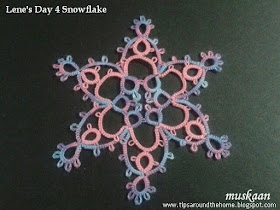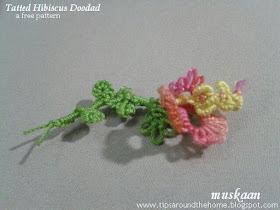Keeping up with upkeep , with so much tatting around ?! A
Herculean task.
That is why the Pinterest Challenge is my ticket to keep at it, albeit at a monthly snail’s
pace.
We bought
this little wooden ‘antique-look’ chest
about 8-10 years back. The brass overlay work was shining, the wood nicely
polished . This is used to store hand towels in the bathroom. When an item is
new, maintenance is so easy (and age was on my side)! Gradually, with time
& eventual negligence, this is how the side facing the bathing area started
to look ; the front is in no great shape either (leftmost in top pic). One can’t eliminate water splashes completely,
despite the shower curtain ;-(
It was
finally time to roll up my sleeves & get to work.
Materials :
Oil, Vinegar, rag/towel
Quickly
mixed up some vegetable (cooking) oil & vinegar (3:1), gave the jar a shake
– it is an emulsion & sat down with a kitchen towel (the fiber roll type).
That’s all one needs!
Applied the
emulsion with the towel & left it in sunshine (for better absorption).
That’s it!
Didn’t even rub it in.
 |
| Applying emulsion to left panel |
 |
| Left panel after a few days |
I’m sure if
I do this regularly, it will get back all it’s original beauty. With a single
application, there has been a marked change. With a few more applications
spread over the next few months, the spots should disappear completely.
TIP : I might
even mix in some coffee powder to add colour!
 |
| Top panel immediately after application of emulsion |
This was my
challenge completed. But the upkeep wasn’t over. The brass needs to be
polished, too!
Easy
Brass Polish
 |
| Simple tamarind paste as brass polish ! |
Materials :
Tamarind Paste/pulp , toothbrush, rag, & water.
I had a few
ideas in mind besides Brasso, which I do not like much (this branded brass
polish does make the item shine but for a very short duration; and it is all
chemical). For vases, etc. I use tamarind pulp. I tried store-bought salted tamarind
paste (Dabur Homemade) . The paste worked quickly on the least affected brass
parts.
In the step 2 (top right) of process pic above, I have tried to show 3 areas within the same brass circle for comparison : (in counterclockwise direction) before any application of paste ; with tamarind paste ; paste applied & wiped off.
 |
| More applications required for gunk build-up |
The most difficult was the left side again. All that build-up took me
many repeats before I realized that if a few drops of water are added after
brushing, it wiped away the gunk easily. Repeat application, brushing, adding
water, wiping for as many times as required. I think the before/after pics
speak for themselves.
TIP : Lemon
wedges & citric acid crystals (with a few drops of water) were the other
two materials I tried this time. The results are inconclusive – they would work for
regular cleaning & polishing, not for old & hard build-ups. I intend to
scrub some areas regularly whenever I have a few leftover lemon slices.
With a bit
more elbow grease & time, I could’ve done a better sparkling job. But my
intention was to start with the upkeep & keep it up in future rather than
tire myself out into distaste. I am very satisfied & motivated to regularly
maintain the maintenance of this box !
So I’ve
moved from the bedroom to the kitchen to now the bathroom. What next ?!
Before we answer that, don't forget to take a tour of what our other
much more creative pin chicks are up to -
Join us anytime you like - more chicks the merrier :-)
Related Posts : Jan 2016 Pinterest Challenge









































